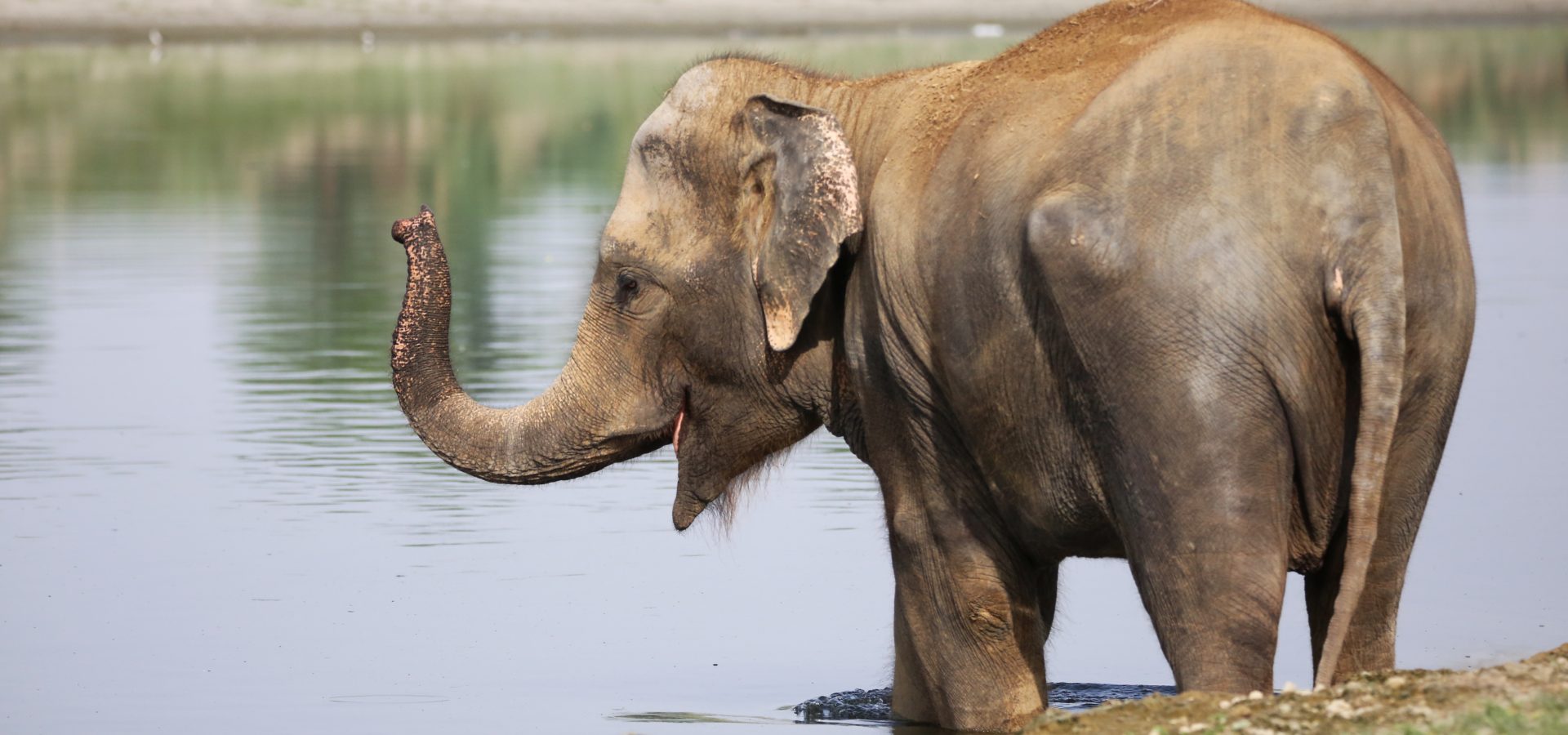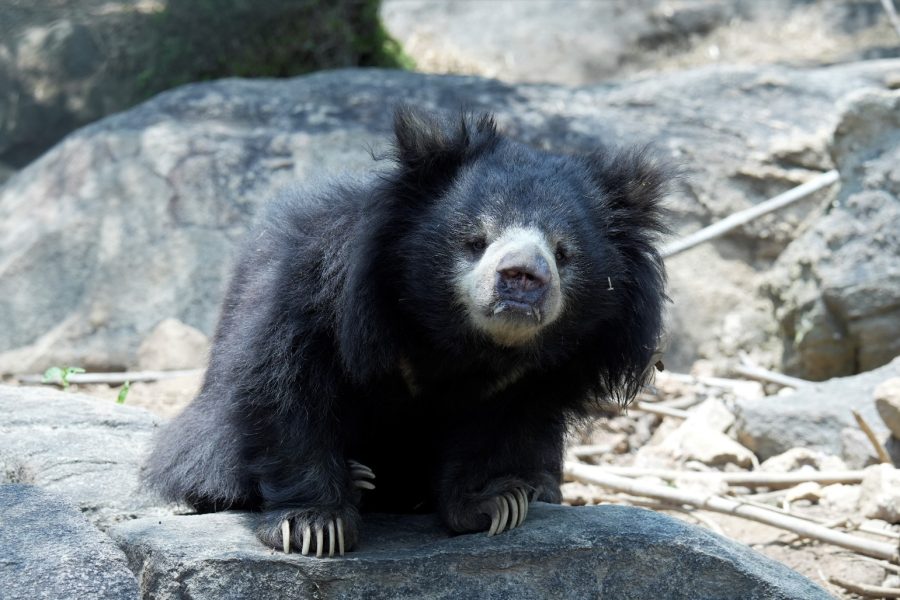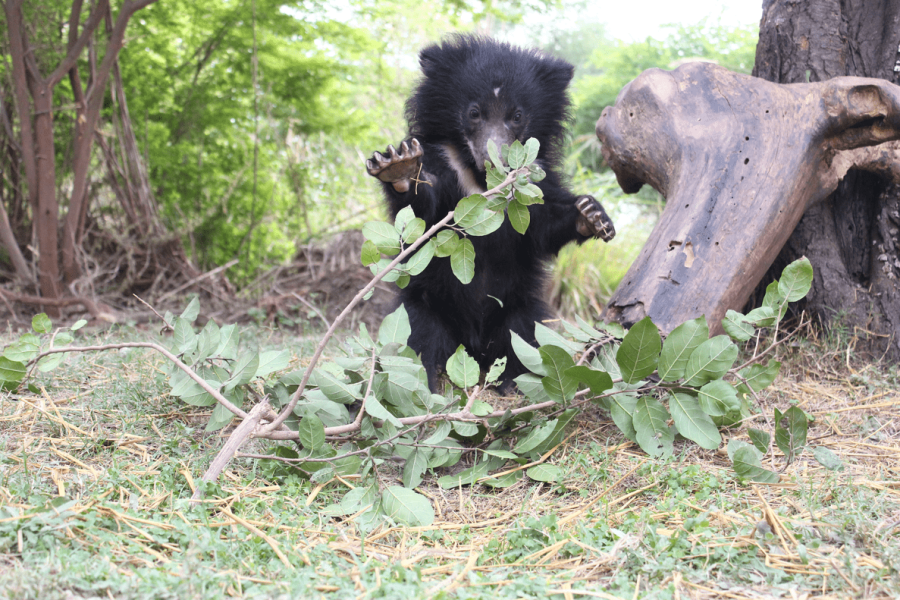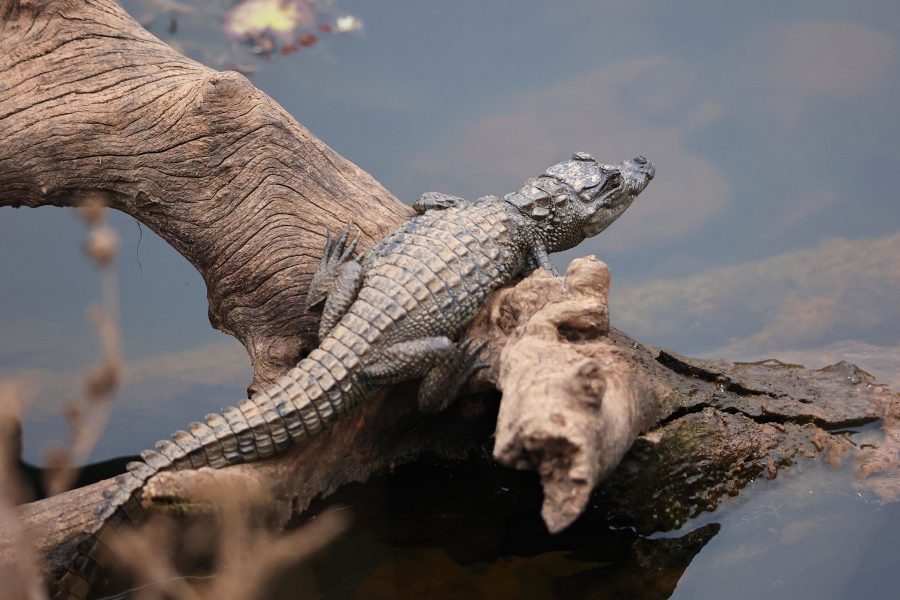Dung, poop, excreta, faeces, droppings, scat – these terms are guaranteed to make one uncomfortable. Despite it not being the perfect topic for discussion, the fact is that excretion is a natural phenomenon and one that is absolutely necessary!
When an animal consumes food, a proportion of waste is expelled in the form of urine and faeces. You’ll be surprised to know that the journey doesn’t end here. This undigested material, although considered “waste” once eliminated, plays an unimaginable role in the environment.
Feast For Some
Some animals express a unique inclination towards poop. Earthworms are amongst the many invertebrates that consume waste expelled by other animals. Dung beetles and dung flies are named so due to their dependency on faeces. Most of their life forms – be it larvae or adults are partial to dung for various activities.
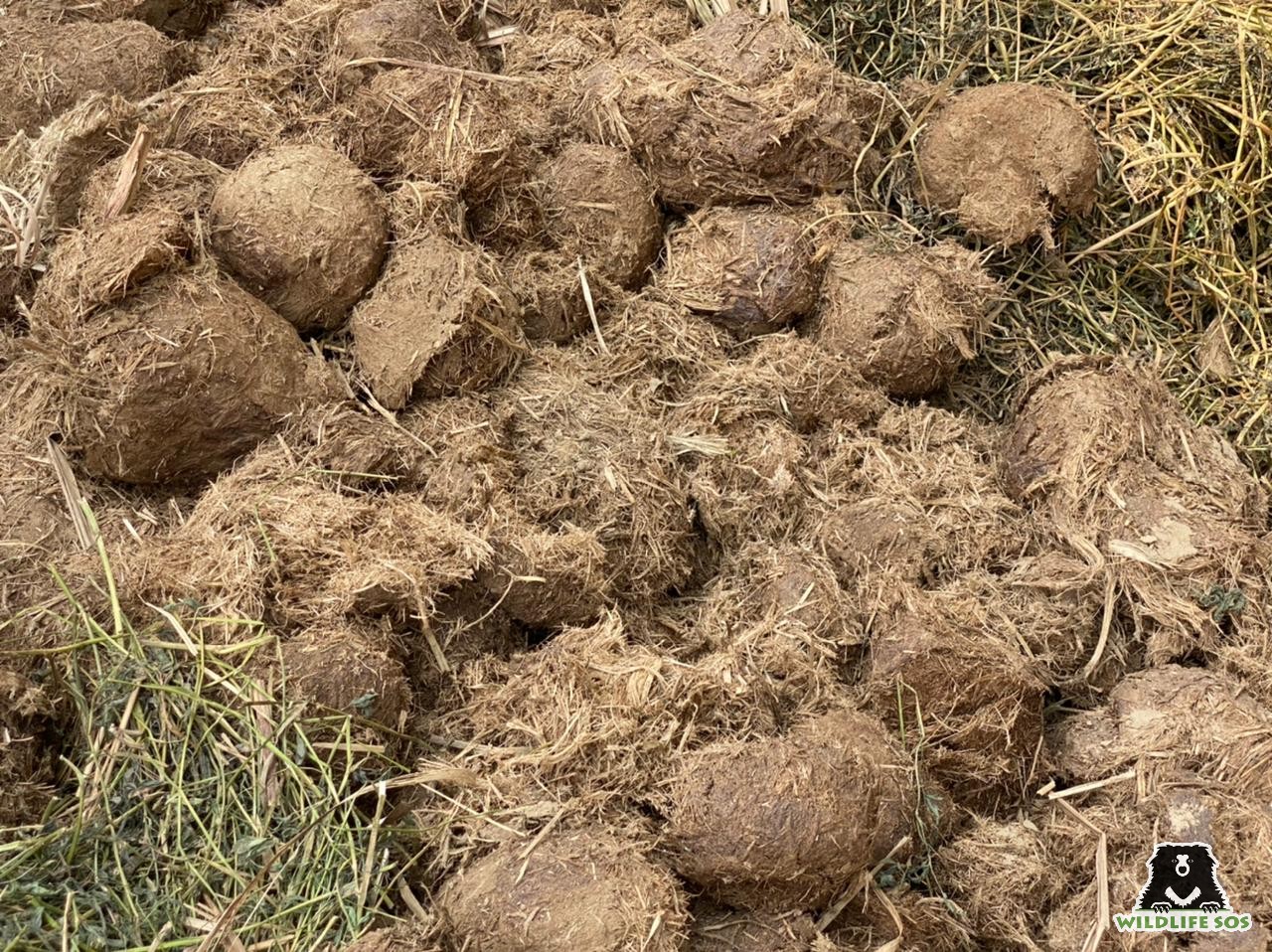
While these animals feed on others’ droppings, there are some who prefer their own! Coprophagous creatures depend upon excreted dung for their food intake. Species like mountain hares, lemurs, and millipedes are known to consume their own droppings to make the best out of the situation. With an aim to digest the maximum amount of nutrients, this behaviour is important in terms of their survival in the wild.
But this is just the tip of the heap when it comes to poop science. Continue reading to learn more!
A Useful Tool
Nest-building animals often use poop for various purposes – from repelling or warning predators to attract prey. The burrowing owl is one of the many animals that utilise poop to attract prey. By placing dung in and around their burrows, they bait and incite dung beetles.
As for dung beetles, as the name suggests, their lives revolve around poop. They fly and hover around to seek deposits made by herbivores. Specially designed mouthparts help dung beetles suck out nutritious liquid from pat. In fact, beetles are known to occur in three distinct groups: rollers, tunnelers, and dwellers – based on their technique to use dung. Rollers form spherical structures of poop, rolling and burying them. These balls are used for laying eggs or as a food source for young ones. Tunnelers dig down in pat, creating tunnels. Dwellers stay on the dung to construct brood masses in cavities to raise a family. Males even gift scat offerings to females to establish pair bonds.
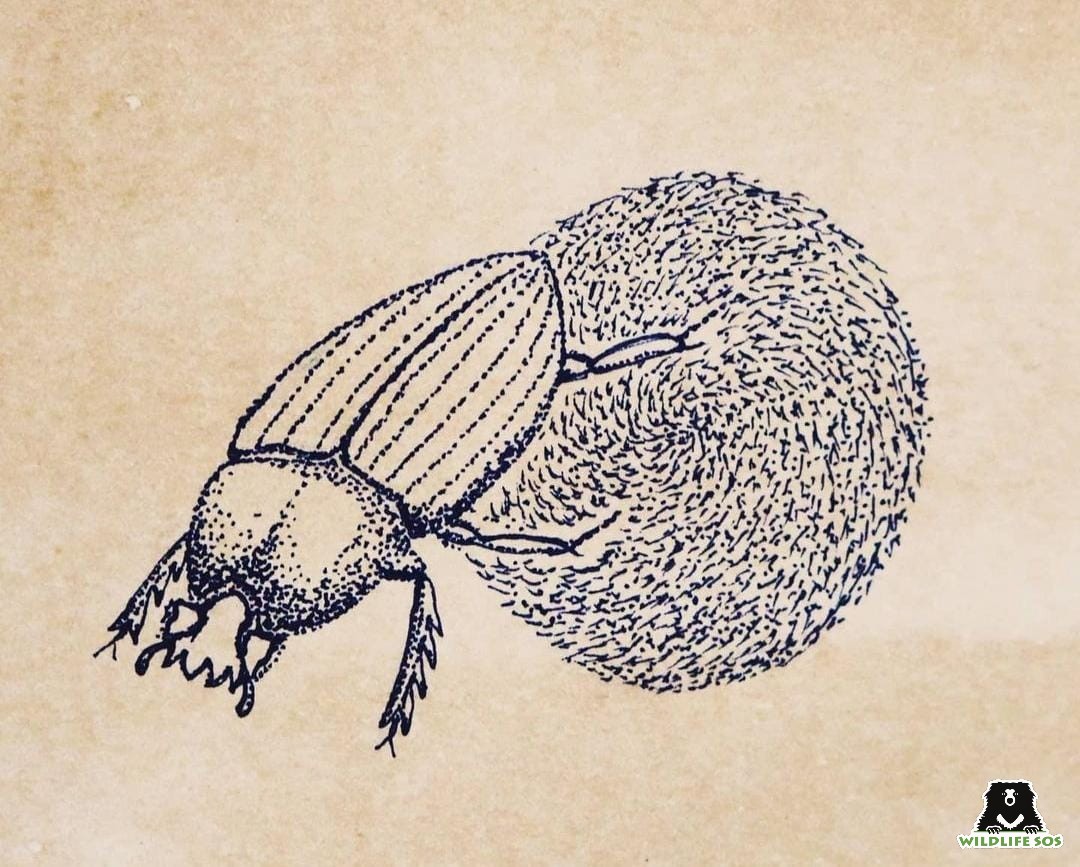
Animal behaviour continues to puzzle us as next on the list are birds that use dung to adorn their nests! Birds of prey such as the black kite decorate their nests with poop. Firewood-gatherer, an ovenbird, is often seen picking and carrying pieces of carnivore scat for deposition on their nest. Song Thrush forms a cup-shaped nest with a hard inner surface. The inner part is cemented by lining it with mud, dung, and rotten wood.
Oriental Skylar, a territorial passerine bird, is known to nest in elephant dung. When an adult pair stumbles upon the perfect hollow dry dung ball, they strategically line it with vegetation, thereby forming a nest.
Propagating Sessile Plants
Being immobile, plants require help in dispersing themselves and propagating their offsprings. Enter: the highly active and mobile animals! Herbivores, birds, and insects have taken over the responsibility to ensure the survival of plants.
Over time, numerous animal species have adapted themselves to becoming means of seed transportation for plants. In turn, plants have also developed measures for effective dispersal. Fruits (encasing seeds) come in a variety of colours and scents – in order to lure and encourage animals to consume them. As the animal moves from one place to the other, it ensures that the new plant germinates away from the parent. This not only reduces competition between them but also reduces the probability of diseases. To avoid being desiccated in the digestive tract of a carrier, plant seeds have a protective coating that remains unharmed.
Various studies have revealed that Asian elephants are excellent seed dispersers. Consuming seeds in large quantities, they are also able to defecate them far away from the parent plants. With the ability to traverse over ten kilometers in a day, they are one of the most effective herbivore species in terms of seed dispersion.
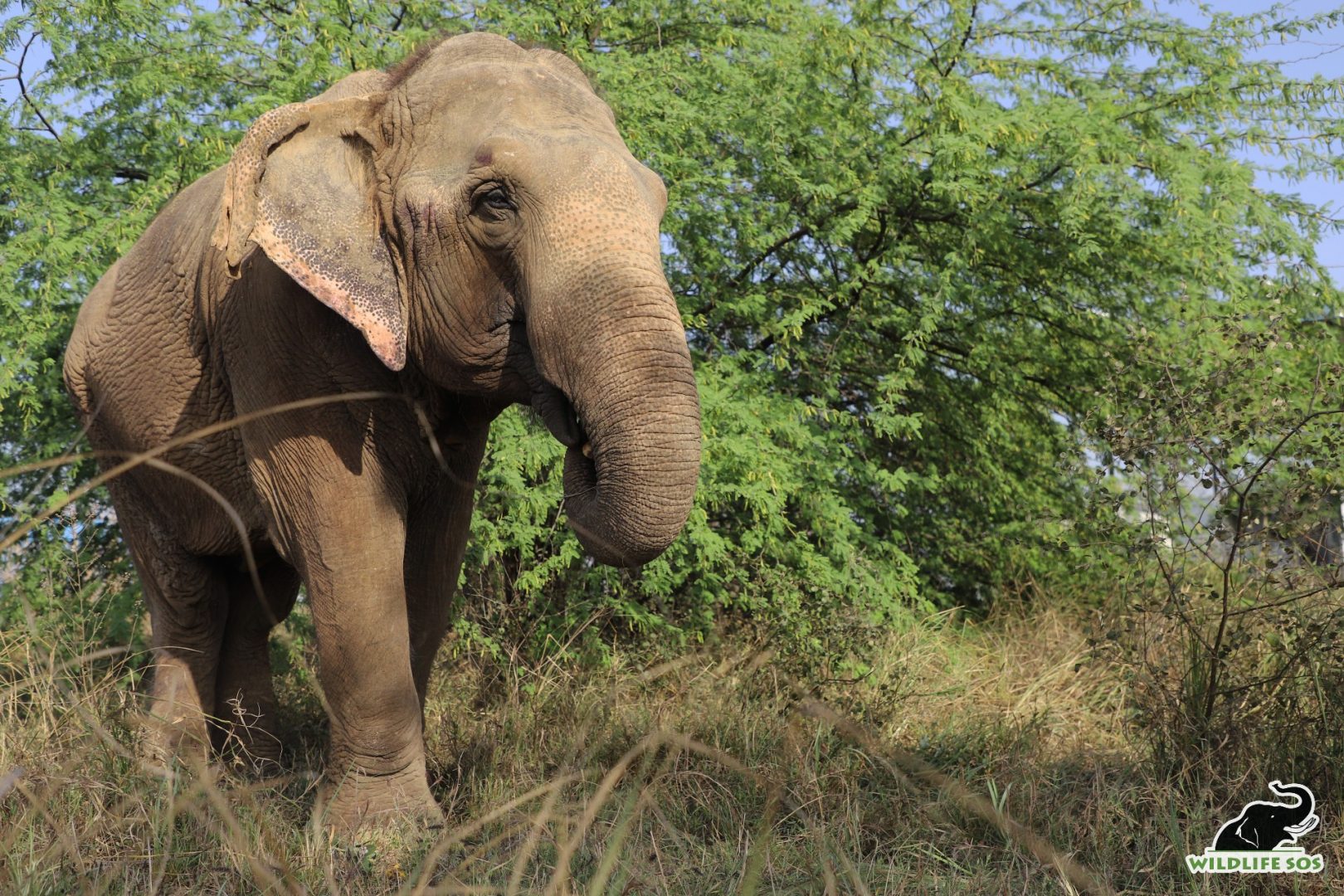
Power To Protect
Intestinal end products have another function in the animal kingdom – to establish boundaries and keep others away. One can often spot animals spraying urine and dropping dung to demarcate their territory. These deposits tend to have secretions from glands that make them uniquely scented, thereby indicating their presence. The odor of the excreta not only warns other individuals of the species of one’s territory but also indicates the opposite sex individuals of their sexual activity. Ungulate species, macaques, meerkats, hyenas, and lemurs are amongst the many animals who use poop to suggest their residency.
Fecal matter is even used to ward off predators by a variety of animal species. The intimidating sperm whales release excreta, which forms a smokescreen to evade their predators. The deep-diving cetacean is able to disperse and widespread this screen by waving its tail. Certain bird species, when young, smear themselves in liquid dung. The odor of the poop helps them to avoid and defend against predators.
Replenishing The Ecosystem
The ocean, as well as land, can only operate efficiently when fuelled with appropriate nutrients. Just like one’s garden, they require certain elements to be cycling throughout their system. And dung is the solution to this nutrient cycling! When large marine animals like whales generate scat, they play a role in re-depositing iron and nitrogen to the ocean’s surface waters.
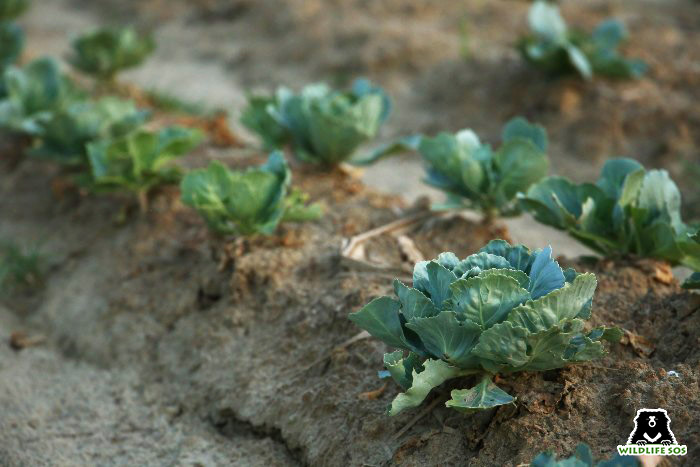
Manure, the ultimate soil builder, has been known to improve soil quality. Poop is a rich source of carbon, phosphorous, nitrogen, potassium, and micronutrients. The addition of these and various other elements keeps the soil environment healthy and ensures the proper functioning of any ecosystem. This organic method of maintaining soil health has been adopted by teams at Wildlife SOS as well. This sustainable practice at the Elephant Conservation & Care Centre mostly caters to the daily food requirements of our staff, and to some extent for our elephants. Organic farm, spread over a large area, uses naturally-available manure, thereby avoiding inorganic and artificial fertilizers.
Poop has proven to be advantageous and responsible for various food chains – in terrestrial as well as aquatic environments. For instance, a whole chain of animals depends and functions on whale poop. When whales expel waste, algae feed on the excreta, which are in turn meals for plankton. These microorganisms are an excellent source of energy for fish, which form a food source for several larger fish or even seabirds. Hence, a systematic chain of linked animals depends upon the faeces produced by whales.
Poop, A Thing Of Power
Besides the use of poop by animals and the environment, humans are able to carry out sound research on wild animals. Researchers have established ways to use dung and the unexplored science behind it. Upon studying an animal’s waste, they are able to understand numerous interesting findings of them and the habitat they reside in. Pellet counts and laboratory scat analysis provide insight into population estimation, food habits, range, and behaviour of species. To our surprise, a small number of fecal samples can tell us so much about the animal. This method of study has proven to be excellent since it is non-invasive in nature and does not harm the animal or its environment whatsoever.
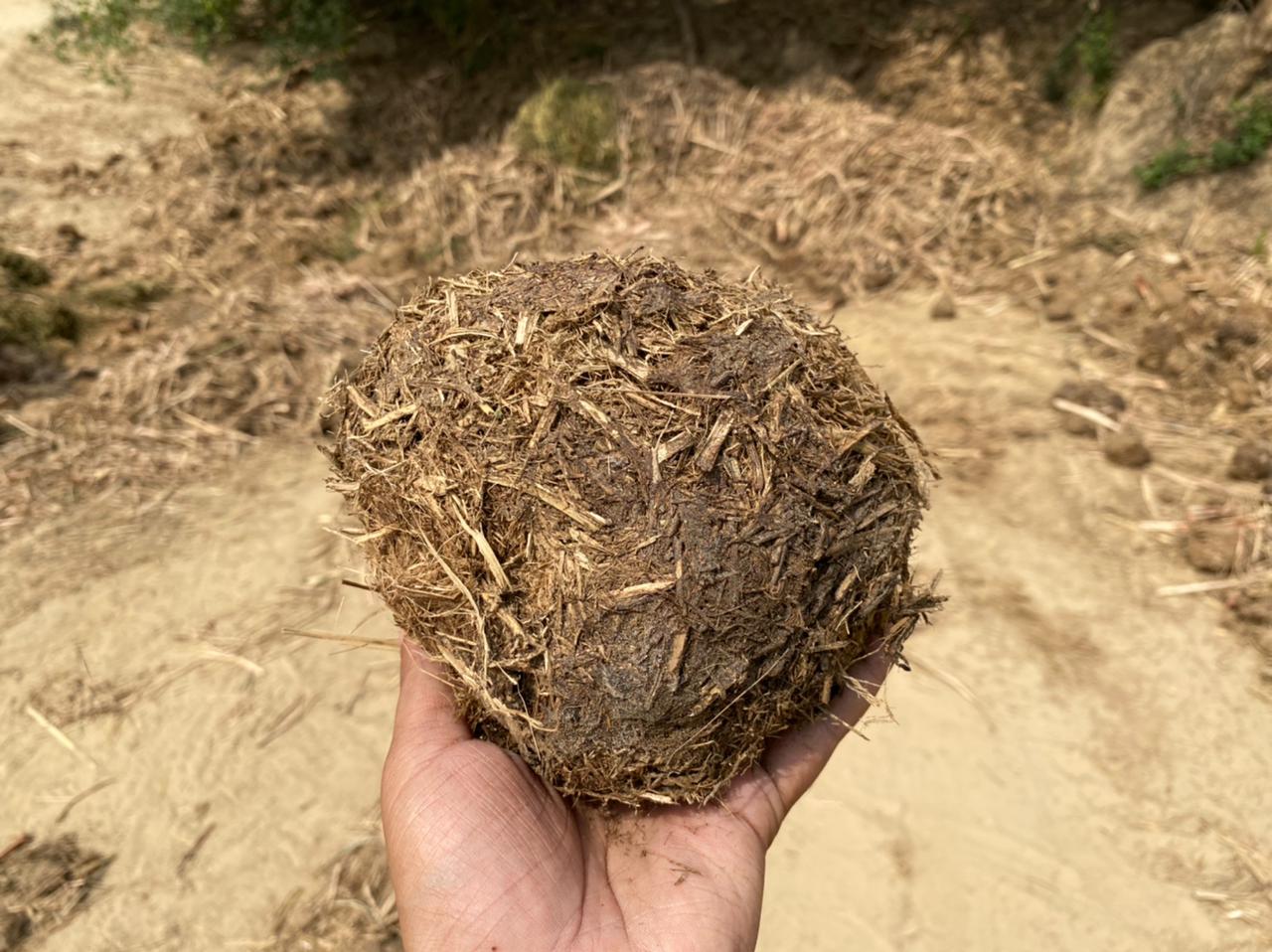
According to a famous saying, nothing in nature goes to waste – and dung is no exception! So, next time you call an animal’s dung heap a thing of no use – remember these numerous tales from the wild.
Through eco-friendly and green initiatives, Wildlife SOS not only contributes to a healthy environment but also inspires people around the globe to build a better future – for themselves and the planet. You can donate to us and support our work.

